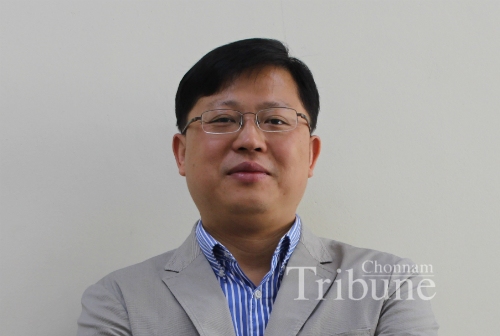
On the first day of class, instructors provide an outline to their students about the course he/she will teach for a semester including the course objectives, schedule, textbook, etc. In addition, an instructor will announce “Office Hours” for the course. For Korean college students, the concept of office hours may not be familiar, but it is a very common practice in the Unites States and European countries for the instructor and students to interact with each other. Office hours are designated time slots that the instructor has allocated exclusively for helping and mentoring students outside of the classes. The instructor is expected to be present at his/her office during the office hours and all students are welcomed and, indeed, encouraged to attend.
According to one piece of research (Lydia Eckstein Jackson and Aimee Knupsky, 2015 “Weaning off of Email: Encouraging Students to Use Office Hours over Email to Contact Professors”, College Teaching, 63 (4), 183-184), there are three major benefits for students to utilize office hours. First, the instructor can take on active mentoring roles for students who attend office hours. Second, through office hours there is a higher chance of students successfully completing a course, especially for students from underrepresented groups. Third, students can develop skills such as communication, planning, long-term strategic thinking, and self-efficacy by personally interacting with the instructor. In addition, the research shows that the number of office-hour visits a student makes during a semester is positively correlated to his or her academic performance in the course.
I have a firm belief that there will be more learning when there is more interaction between students and the instructor. I had spent several years at Khalifa University of Science, Technology and Research in Abu Dhabi, United Arab Emirates (UAE) as a fulltime instructor before I came to Chonnam National University. In Abu Dhabi, I maintained an “open door policy” encouraging students to visit my office whenever they wanted to get consultations and help from me. I realized first-hand from my own experiences that holding these office hours was a wonderful opportunity to interact with students, for both academic and personal issues. I still have good memories about office hours interacting with students about their issues and devoting efforts to reach an optimal solution for their issues. I believe interactions of students with their instructor in both in-the-class and out-of-the-class constitute an essential part of the learning processes.
To successfully operate office hours, I think, both the instructor and students need some effort at first. The instructor may need to repeatedly inform students about the office hours throughout the semester and encourage students to take full advantage of the opportunity. Also, the instructor should keep promoting to students that attending office hours is a good way to prepare for major assignments/projects and exams. On the other hand, students also need to maintain a positive attitude of utilizing office hours. Students may feel hesitant to knock on the instructor’s door, but soon realize that it is the students’ right to ask for help from the instructors to improve their academic performance and achieve personal goals.
I believe teaching is actually a learning process not only for the students, but also for the instructor. The major difference between instructors and students is that, at the beginning of the course, instructors may be more knowledgeable than the students, while the students should be more knowledgeable than the instructor after they have finished the course. If we make good use of office hours throughout the school year, I believe, we can successfully achieve the set goal of students being more knowledgeable than the instructor about the course at the end of the semester.

